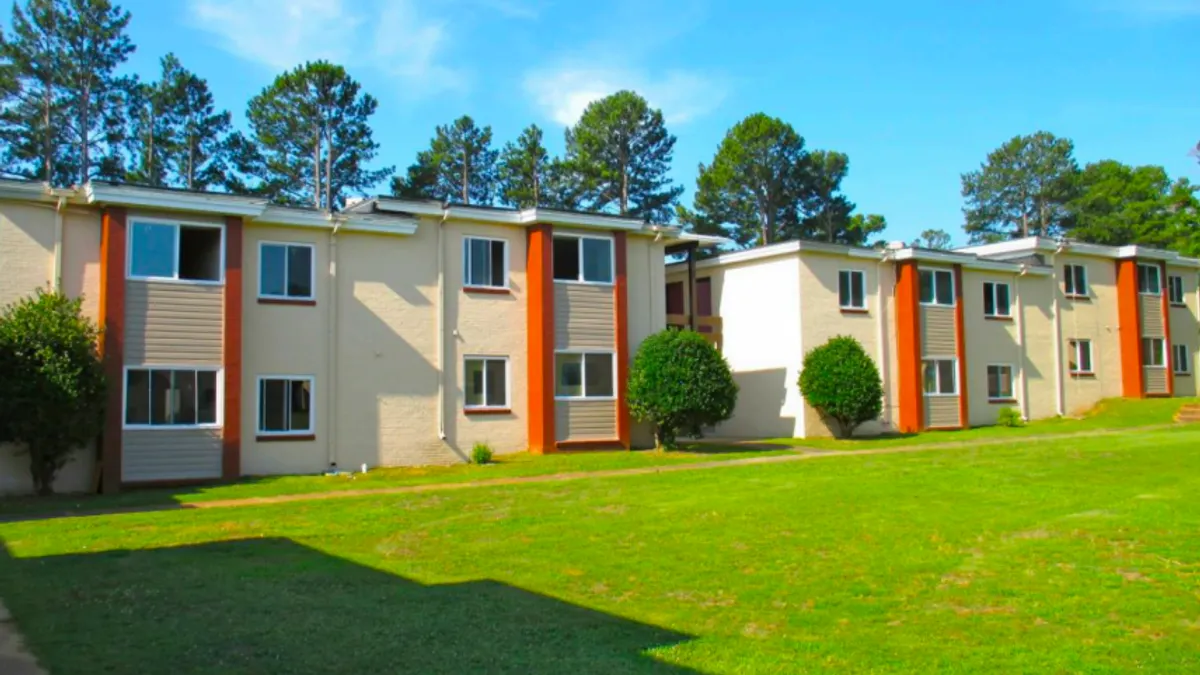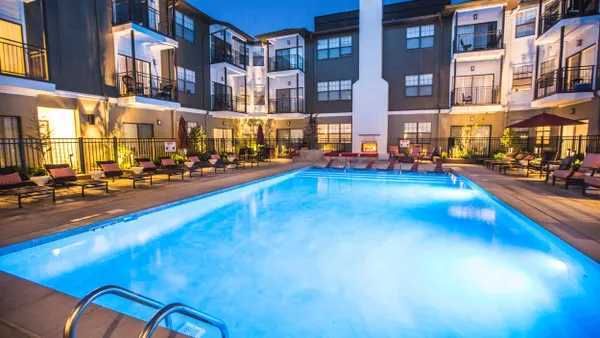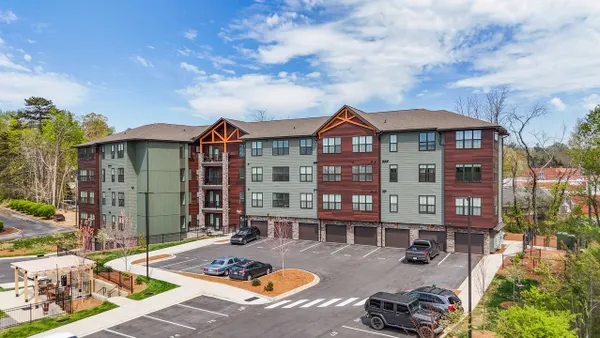As cap rates fell and asset prices and rents rose in the apartment sector over the last couple of years, it wasn’t that hard for owners to make money upon the sale of a property.
That took the pressure off of managers.
“The low cap rate environment has given us a little bit more wiggle room on the operations side,” Diane Batayeh, CEO of Southfield, Michigan-based apartment manager Village Green (which manages the Soo Line Building City Apartments, located in downtown Minneapolis, pictured above) told Multifamily Dive
But now Batayeh, head of the No. 38 apartment manager in the country according to the National Multifamily Housing Council, says things are tightening ever so slightly.
“There's an uptick in cap rates, but it's not so significant that people are not still out there transacting,” Batayeh said. “But they are looking at the operations more and asking questions, like ‘Have you maxed out on lease tradeout rates?’ So there is more pressure from the standpoint of operations today than there was last year.”
Here, Batayeh talks with Multifamily Dive about owners’ expectations of managers in this environment, mixing automation and people and the shrinking pool of workers.
This interview has been edited for brevity and clarity.
MULTIFAMILY DIVE: What does market tightening mean for managers?
We went through this transactional environment where current in-place rents didn't matter as much as pro forma rents. Now we are reverting back to in-place rents being more important. We're not quite 100% there yet because there's so much capital chasing deals.
Have owners’ expectations changed?
I see it tightening up, and I see expectations being higher from owners. They're shopping more, and there's a lot of competition for management. So you’ve got to differentiate yourself.
I think it's a matter of the lease-up experience. Being able to lease up properties at an accelerated pace and at higher-than-pro-forma rents has differentiated us as well as the ability to operate more cheaply.
Have you used automation to replace people at your properties to operate more efficiently?
We have introduced automation and virtual tools. But the resident still wants touchpoints with people and those relationships.
What we've had to do from the standpoint of efficiencies is figure out — we're not going to reduce payroll — where we can leverage scale. We're infusing automation where we can.
Service requests are a great example. Residents don't care if they come in person to your office to submit a service request. They'd rather do that virtually. So you can visualize what's going on. You can then figure out how to purchase through portals, which has reduced the cost of goods through our ability to be proactive.
Has automation helped as the labor market has tightened?
It's harder, and I know people will say, “Well, what happened to people? Where are they going? You know, unemployment benefits are gone. What are they doing?”
The reality is it's a smaller labor pool. People are aging out and they're retiring and there are fewer Zoomers to replace them. This is the long-term trend. This is not a short-term, pandemic-driven thing, in my view.
Labor is more expensive and there are fewer people in the labor market. So you do have to get efficient and figure out where you can share resources and where you can get away with automation versus humans.
Are you seeing the residents in your workforce apartments facing more strains from inflation and higher gas and food prices?
Residents in workforce housing are really very price sensitive now. More of them are working from home because they don't want to drive. They can't afford to drive. So you are seeing employers saying, “You don't have to come back into the office.”
That means there are people on site 24/7. That has resulted in a higher level of need, a higher level of service and a higher demand for our on-site teams. That has not abated.
So that means you have to keep people on site to meet resident needs?
We have to incentivize them more. That's where the payroll pressure has come and the owners accepting the reality of that. You do have to pay more because of the competition in the marketplace.
Click here to sign up to receive multifamily and apartment news like this article in your inbox every weekday.









